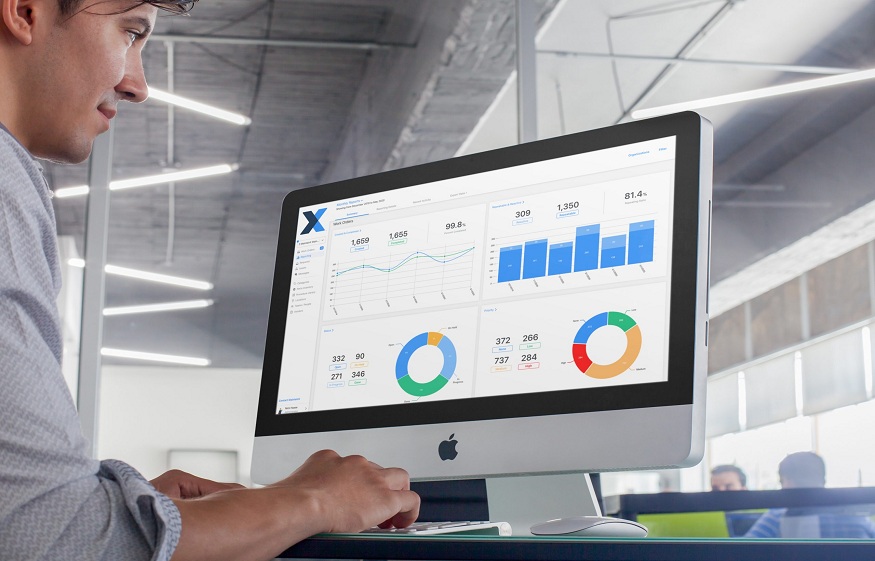Deploying work order dispatch software at your company can significantly impact your company’s success. Still,achieving the right balance of functionality, cost, and ease of use can be difficult. This article will explain the essential featuresof work order dispatch software and how these features contribute to smooth operations. We’ll examine each of the following six pillars in detail.
1. A Reliable Dispatch Solution
An efficient Work Order Dispatch Software needs to accommodate all the necessary data and effectively communicate with other systems in your business. It should provide a complete end-to-end solution, from scheduling jobs through payments, invoicing, and reports. In addition, it should offer excellent customer service and support, quick updates as needed, scalability that can grow with your company’s growth, and integrations with other vital aspects of your business.
The system should be able to dispatch different types of jobs quickly and efficiently, too. Depending on your dispatching, you may need to use various tools for workflow processes—whether you’re dispatching emergency repairs or routine maintenance tasks.
2. Collaboration Tools
To manage a successful dispatch, have robust collaboration tools in place. A work order dispatch software can allow your team to communicate and collaborate effectively. The software can help avoid miscommunication and ensure everyone is on the same page.
The project supervisors can therefore monitor all orders on one screen without complicated log-ins or multiple windows. Customers can easily view their projects from any device and share feedback through social media or email.
3. Work Flow Automation
Automation is one of the essential pillars of work order dispatch software. By automating your workflows, you can eliminate manual tasks and improve efficiency. In addition, automated workflows can help to enhance communication and coordination between teams.
Automation will allow your team to focus on the critical parts of their job while freeing up time to perform other tasks. Businesses can run smoothly without disruptions with better collaboration, enhanced communication, and improved processes.
4. Analytics Capabilities and Reporting
A work order dispatch software with analytics capabilities can help you understand which areas need improvement and where your team is excelling. You can also use this data to create more targeted employee training programs. Tracking metrics over time can help you spot trends and predict future needs. Without this data, making informed decisions about your business operations would be difficult.
For example, if your clients frequently order a particular item in the afternoon, you might want to schedule additional staff members. In the same way, if most orders are on weekdays during regular business hours, staffing for weekends might not be necessary. However, the system should have auto-reporting capabilities to flag exceptions or outlying statistics for further analysis.
It’s also important to remember that these reports are only as valuable as the underlying data set. It’s therefore essential to always input accurate information into your system so you don’t skew data or produce misleading results.
5. Ability to Integrate with Other Systems
For a work order dispatch software to be successful, it must have the ability to integrate with other systems. That includes financial, human resources, and project management systems. Integrating the order dispatch software with these other systems can provide a complete picture of the organization’s operations.
For example, suppose an issue arises in one area impacting another department or division. In that case, the system will alert all appropriate personnel to be aware of the situation and take appropriate action.
Conclusion
A work order dispatch software can help your business by optimizing and automating your work order process. For the software to be successful, it should have the support of the critical pillars: automation, GPS tracking, real-time updates, customer communication, and data analysis. Automation can help you save time and money by reducing manual errors and increasing efficiency. It’s, therefore, crucial to choose a software that will fit your needs best.



